Flat Feet
What are Flat Feet?
Flat feet are a common condition characterized by the absence of a normal arch in the foot. This condition can be present at birth or develop over time due to factors such as injury, aging, or certain medical conditions.
An arch that never forms in one or both feet is thought to affect 20–30% of the general population.
In order to absorb most of the stresses generated during foot weight bearing before they reach the long bones of the leg and thigh, the arch offers an elastic.
Consequently, the tendon of the tibialis posterior muscle and the plantar calcaneonavicular ligament (spring ligament) are stretched to such an extent that the person with pes planus is unable to use the medial longitudinal arch (MLA). The person has “supple” flatfoot if the MLA is present and functioning when they are sitting or standing on their toes, but this arch vanishes when they adopt a foot-flat position.
Arch supports are frequently used to address this latter issue. However, neither costly prescription orthotics (such as shoe inserts) nor less costly over-the-counter orthotics were shown to be effective in treating children’s flat feet in a recent randomized controlled experiment.
In a group of persons who reach military service age without having ever had foot issues, three studies (see citations below in the Military Performance section). However, when this illness is detected at a younger age, these findings cannot be utilized to predict potential future harm. Additionally, they are not applicable to those who have flat feet and foot symptoms, or to specific symptoms in other body areas (such as the leg or back) that may be related to the foot.
Treatment for flat feet is only necessary if they are uncomfortable, signify an underlying condition, or cause pain in other parts of the body. Some folks seem to have no arch at all or a very low arch, and they never seem to have any issues. Simple gadgets and exercises might help reduce the pain when flat feet do create problems.
What are the types of flat feet?
Whether flat feet develop in maturity or continue after infancy, they might cause issues. Among the varieties of flatfoot are:
Flexible: The most popular flat feet are flexible. When you are not standing, the arches in your feet are visible. Flexible flatfoot develops in childhood or adolescence. The ligaments and tendons in the foot arches are prone to swelling, tearing, and stretching.
Rigid: Usually beginning in adolescence, this illness worsens with age. Your feet could hurt. Moving the feet from side to side or flexing them up or down might be challenging.
Adult-acquired (fallen arch): The arch of the adult-acquired flat foot (fallen arch) suddenly descends or collapses. Only one foot may be impacted. The leg tendon (posterior tibial tendon), which supports the arch, is most frequently torn or inflamed.
Vertical talus: This congenital handicap is a birth condition that some newborns have that stops arches from growing.
What causes flat feet?
You can be genetically predisposed to flat feet. A child’s feet develop arches as they become older.
Later in life, some people have flat feet. Sometimes, the illness runs in families. Additionally, a few issues raise your chance of developing flat feet, such as:
- Achille’s tendon injuries.
- Broken bones.
- Cerebral palsy.
- Down syndrome.
- High blood pressure.
- Pregnancy.
What are the symptoms of flat feet?
However, some forms of flatfoot might cause pain. Symptoms might consist of:
- Cramping in the legs.
- Foot or leg muscle pain, such as soreness or exhaustion.
- Pain when walking or modifications to your gait.
Risk factors
- Obesity
- Injury to the foot or ankle
- Rheumatoid arthritis
- Aging
- Diabetes
Flat feet in children
- Foot arches are typically hardly noticeable at birth, and they can take some time to grow into stable arches.
- Having flat feet in early infancy does not guarantee that a person will always have flat feet; most children with flat feet will typically acquire regular arches by the time they are 10 years old.
- However, a doctor will frequently need to treat the underlying reason if a kid has flat feet because of improper bone growth or another problem, such as spina bifida.
- Adults who have flat feet typically have a medical reason for it.
Flat feet in Adults
In addition, flat feet can occur in adults (“adult acquired flatfoot”) as a result of disease, trauma, abnormal or chronic foot stress, poor foot biomechanics, or aging naturally. Women over 40 years old are most likely to experience this. Pregnant women may also have flat feet as a result of transient alterations caused by the increased elasticity (elastin) of pregnancy; if flat feet develop by maturity, they usually stay flat forever.
Flexible flatfoot occurs when a child or adult seems flatfooted when standing with their entire weight on their feet, but when they plantarflex that is, pull their toes back while keeping the rest of their foot flat on the ground an arch develops. Although the phrase “flat foot” is still valid since it is fairly general, this presentation is really caused by excessive pronation of the foot (rolling inwards), not a genuine collapsed arch because the medial longitudinal arch is still there and the windlass mechanism is still functioning. Regardless of age, foot muscle exercise is beneficial and frequently leads to higher arch height.
Diagnosis
By reviewing your symptoms and the appearance of your arches as you stand, sit, and walk, your healthcare professional can determine a diagnosis. X-rays may be performed to examine the structure of your bones.
- One or both feet becoming more flat;
- pain in the ankles, lower limbs, or feet that have just recently appeared;
- symptoms that do not go away with supportive, properly fitting shoes;
- sensation of rigidity, stiffness, weight, and unwieldiness
The majority of trained medical personnel can identify fallen arches by looking at the patient’s feet and observing how they stand and walk.
Both the front and rear of the foot will be examined by the physician. To enable the doctor to assess the form and function of each foot, the patient might have to stand on their toes.
A physician will also take the patient’s medical history into account. In some situations, they could request an electromyography, CT, MRI, or X-ray.
Treatment
Many persons with flat feet don’t require therapy or have serious issues. If you have foot pain, stiffness, or other problems, your doctor could suggest nonsurgical therapy. Surgery is seldom required to treat bone or tendon issues or stiff flat feet.
Among the treatments are:
- nonsteroidal anti-inflammatory medications (NSAIDs).
- Physical treatments help increase mobility and flexibility by strengthening and stretching tense muscles and tendons.
- supportive equipment such as custom-made shoes, foot orthotics, and braces for the legs or feet.
Prognosis
Youngsters who have flexible flat feet will frequently outgrow it. A person’s prognosis will rely on their particular symptoms and the necessary therapy whether they have an inflexible flat foot or if the reason is an underlying ailment.
When a degenerative illness is the reason and the symptoms get worse over time, treatment might be challenging. The prognosis is usually favorable when surgery is required. For some, exercising might help them feel better. However, avoiding high-impact activities may also be necessary for someone with flat feet.
To choose the best course of therapy for themselves, a person should speak with a physician.
Complications
Flat feet may exacerbate symptoms or be a contributing factor for those with various foot, ankle, or lower limb issues.
Among the examples are Reliable Sources:
- Achilles tendonitis
- arthritis in the ankle or ankles
- arthritis in the foot or feet
- bunions
- hammer toe
- posterior tibial tendonitis
- shin splints
Summary
When a person’s foot arch is little or nonexistent, they have flat feet, which can lead to pain and difficulty walking. Flat feet can have a variety of reasons, and not all of them will result in pain and symptoms.
When the ailment first appears in childhood, it often disappears as the kid becomes older. If there is pain or an effect on a person’s early life, treatment can be required. Usually, anti-inflammatory drugs and foot orthotics are used for this. Rarely, someone could require surgery.
FAQs
Are flat feet a congenital condition?
Your feet or your children’s feet may be flat for the following reasons: It is a congenital defect that is hereditary. The child’s feet are flat from birth.
Where is the flat foot pain?
The majority of flat-foot sufferers show no symptoms. Ankle, arch, and inside/outside foot pain are some of the symptoms of flat feet and fallen arches.
At what age do flat feet often occur?
Ants and toddlers till they are three or four years old when the arch grows. If flat feet continue after the ages of five or six, it can be a problem that needs to be evaluated.
Is height impacted by flat feet?
Talk about it. According to the linear regression analysis, there was no discernible correlation between women’s actual height and foot arch height. This indicates that a person’s height is not greatly impacted by the height of their foot arch.
Are flat feet a lifelong condition?
Millions of individuals suffer from flat foot, a common disease. Children frequently have flat feet, a condition that many outgrow. Many youngsters, however, do not outgrow this issue and will continue to struggle throughout adulthood.
For example, those with flat feet typically have a lower center of gravity and more stability, which can improve balance and agility in sports like dancing, gymnastics, and martial arts.
How can flat feet be tested for?
There is a simple test you may do if you are not sure. Simply moisten your feet, then stand on a concrete pavement, bathroom tile, or any other level surface that will reveal your imprint. You have flat feet if you can see the whole contour of your foot instead of just a part of it.
What is the reason for flat feet?
Arches may suddenly collapse following an injury. The foot may develop arthritis as the condition worsens.
Is it better or worse to have flat feet?
Your feet provide the foundation for your body’s balance, and if they are not supported properly, you may be more susceptible to joint issues caused by bad posture and an abnormal stride. People who have flat feet may be more prone to foot, ankle, knee, or hip injuries or pains.
Is it possible to fix flat feet?
Your flat feet can be treated by a physical therapist using specific exercises that strengthen and stretch your muscles. They can also work to strengthen your core and suggest lifestyle modifications, such as posture and how you stand and move.
References
- Dhameliya, N. (2023a, February 28). Flat feet : Physiotherapy Treatment. Samarpan Physiotherapy Clinic. https://samarpanphysioclinic.com/flat-feet/
- Flat feet: MedlinePlus Medical Encyclopedia. (n.d.). https://medlineplus.gov/ency/article/001262.htm#:~:text=Flat%20feet%20are%20a%20
- Flat Feet. (2024, September 9). Cleveland Clinic. https://my.clevelandclinic.org/health/diseases/17005-flat-feet
- Flatfeet – Symptoms and causes. (n.d.). Mayo Clinic. https://www.mayoclinic.org/diseases-conditions/flatfeet/symptoms-causes/syc-20372604
- Wikipedia contributors. (2024b, September 28). Flat feet. Wikipedia. https://en.wikipedia.org/wiki/Flat_feet

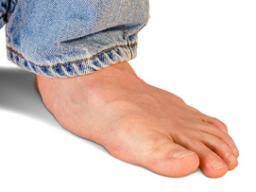
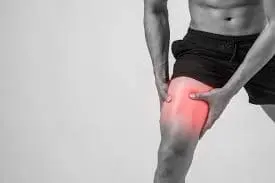

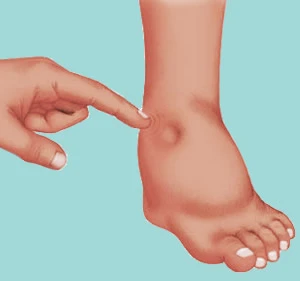
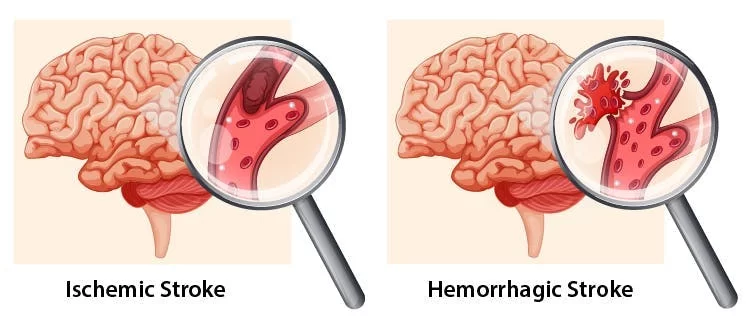
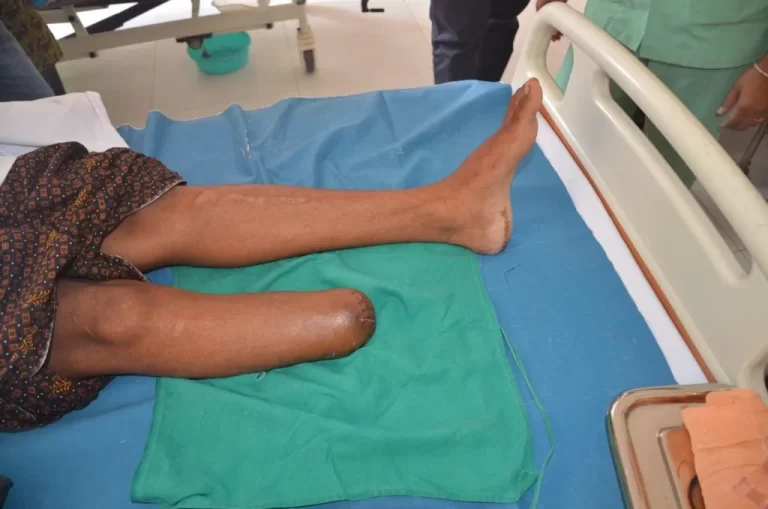

2 Comments